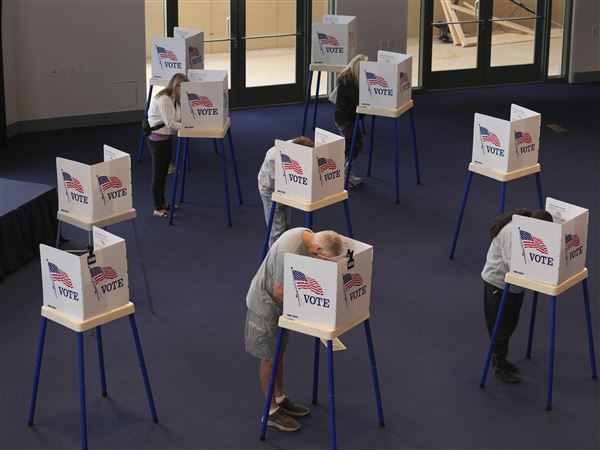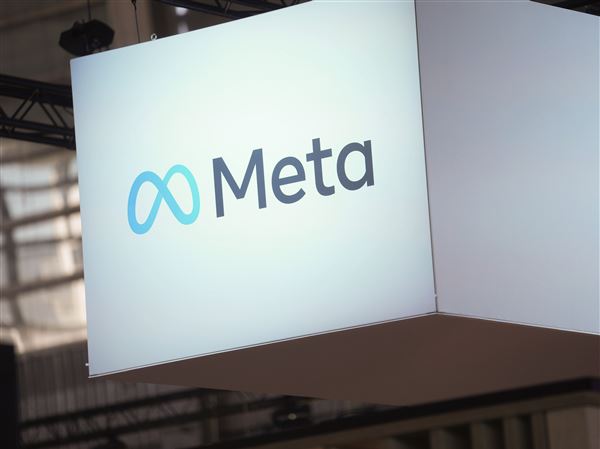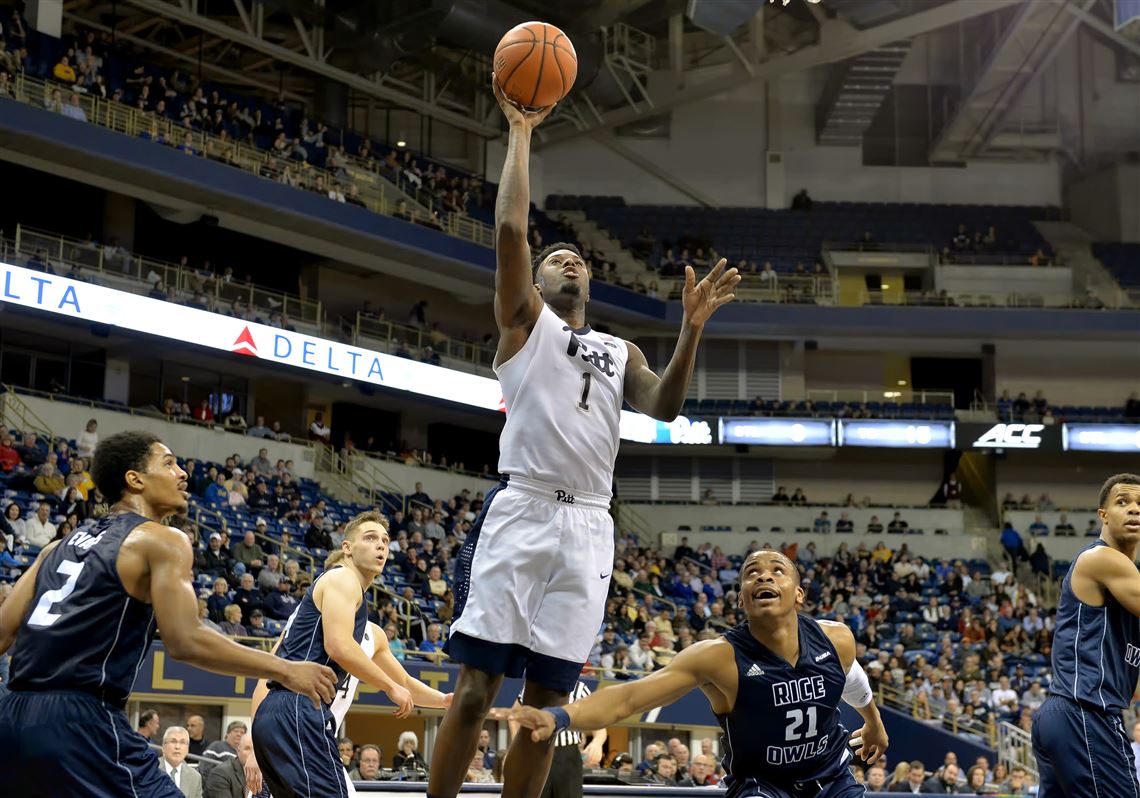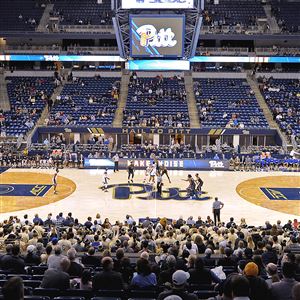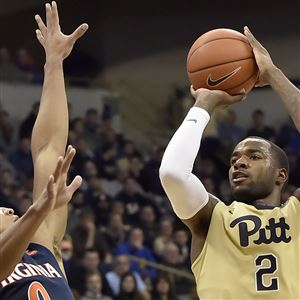Empty seats dotted the Petersen Events Center last season, sucking out the energy from what had been one of the most electrifying arenas in college basketball.
This week, those scenes were confirmed by hard data.
Pitt posted its lowest average attendance in the 15-year history of the Petersen Events Center at just 8,327 fans per game, according to NCAA figures released Tuesday. That is an 8.3 percent drop from the previous season, Jamie Dixon’s final one at the school.
The Panthers’ attendance dip was the second worst among ACC schools. Clemson saw its average attendance drop 16.6 percent, though the Tigers moved from a 16,000-seat arena in Greenville, S.C. in 2015-16, back to the on-campus Littlejohn Coliseum in 2016-17, which has a seating capacity about half as big. Littlejohn Coliseum was closed for renovations while the Tigers played in Greenville.
Despite the drop, the Panthers still finished eighth in the 15-team league in average attendance, ahead of conference foes like Notre Dame and Miami.
But that number tells only so much of the story due to the variance in seating capacities. On average, Pitt games filled up 66.6 percent of the 12,508-seat Petersen Events Center, putting it ahead of only Florida State (63.7 percent), Syracuse (61.2 percent in the 35,000-seat Carrier Dome) and last-place Boston College (49.3 percent).
The attendance discussion isn’t an entirely new one. In December, during the doldrums of non-conference play, the Post-Gazette reported the Panthers’ five games up to that point had accounted for five of the 11 lowest-attended games in Petersen Events Center history. Numbers naturally picked up as ACC play began, but they didn’t rise to the point to help Pitt avoid a dubious distinction in coach Kevin Stallings’ first season.
So why does any of this matter? Hand-wringing over attendance can be misplaced, sometimes coming across as PR for a school or franchise. At worst, it can venture into the realm of fan-shaming, especially when it comes from sportswriters who get paid to be at the game.
There is, however, some value. The numbers, even in one season, can tell a story and provide a glimpse at a fanbase’s psyche. As Pitt’s on-court fortunes have declined over the past three or four years, that slip has been reflected in the stands. After averaging 11,004 fans per game during the 2013-14 season, the Panthers’ average attendance has decreased each year.
And, typically, enthusiasm is high with the arrival of a new coach, and that typically translates to larger crowds. A small sample size from the previous season, however, shows mixed results. Of the eight major-conference programs with a new head coach last season, five saw an attendance increase.
Vanderbilt, the program Stallings left when he came to Pitt, saw its attendance decrease 13.5 percent under first-year coach Bryce Drew, who led the Commodores to the NCAA tournament. TCU, in its first season under Dixon, had an attendance increase of 15.3 percent.
The looming question for Pitt now becomes whether this is a momentary low or whether these numbers continue to recede year after year, drifting from the heights the program once enjoyed.
Next season’s team features 11 newcomers, seven of whom are freshmen. There’s the possibility fans might show up to get a peek at the glut of players who will help shape the program’s future success or failure. There’s also the chance that while an inexperienced team likely struggles to find its way in the unforgiving ACC, those same fans will determine that it’s much easier and cheaper to watch that developing on-court product from the couch.
If it’s the latter situation that comes to fruition, the new Petersen Events Center record for lowest home attendance in a season will almost certainly be a short-lived one.
Craig Meyer: cmeyer@post-gazette.com and Twitter @CraigMeyerPG.
First Published: August 10, 2017, 5:47 p.m.



